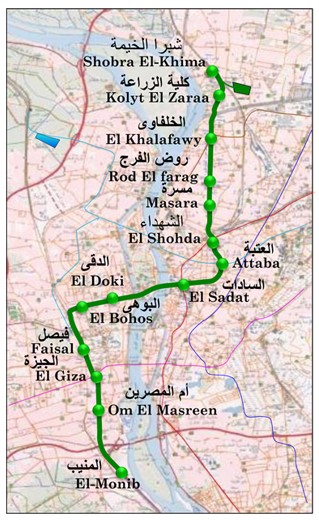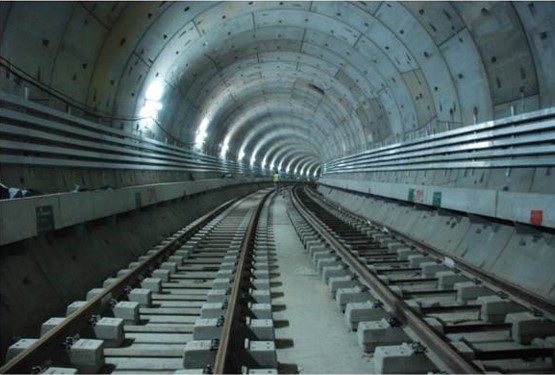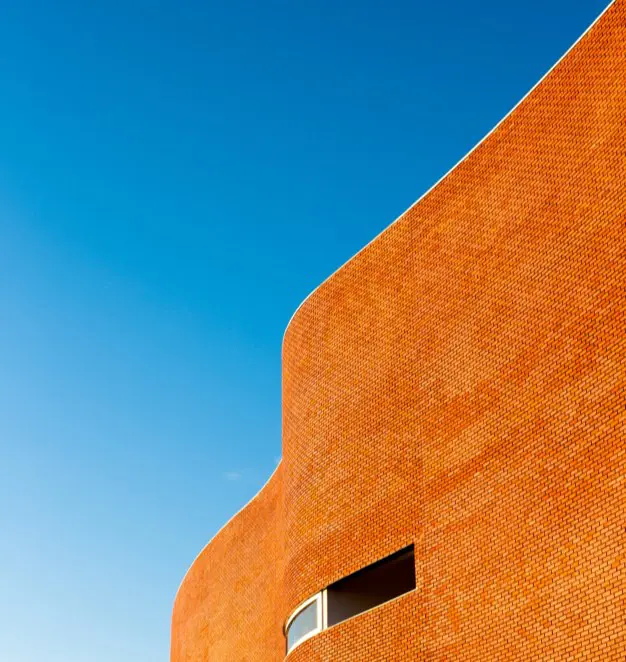National Authority for Tunnels (NAT)
Tunnels
Cairo, Egypt
Cairo Metro Line 2
Project Overview:
The Cairo Metro Line 2, with its foundation stone laid on May 24, 1991, marked a significant advancement in Cairo’s transportation infrastructure. Unlike Line 1, Line 2 was built without relying on pre-existing infrastructure, utilizing cutting-edge deep drilling technology—the same generation of machines used to dig the Channel Tunnel between England and France.
A remarkable achievement of this project was the crossing of the Nile River. This was accomplished by creating a tunnel under both the eastern branch (south of the Qasr El Nil Bridge, in front of the Semiramis Hotel) and the western branch (in front of the Sheraton Cairo Hotel).
Line 2 extends 21.6 km from Shubra El Kheima to Al-Munib, passing through Ramses Square, Attaba Square, Tahrir Square, Dokki, and Giza. It comprises 20 stations: 12 underground and 8 surface (Al-Munib, Saqiyat Mekki, Umm Al-Masryeen, Giza, Faisal, Cairo University, Dokki, Al-Bohouth, Al-Opera, Sadat, Mohamed Naguib, Al-Attaba, Al-Shohada, Masarra, Rod El-Farag, Saint Theresa, Al-Khalfawi, Al-Mazalat, Faculty of Agriculture, Shubra El-Kheima).
With a design capacity of 1.76 million passengers, Line 2 was implemented and opened in five phases:
- Phase 1 (Shubra El-Kheima – Ramses “Al-Shohada”): 7.7 km, 8 underground stations, opened in 1996.
- Phase 2 (Ramses – Tahrir “Sadat”): 3 km, 3 underground stations, opened in 1997.
- Phase 3 (Tahrir – Cairo University): 5.5 km, 4 stations (3 underground, 1 surface), opened in 1999.
- Phase 4 (Cairo University – Umm Al-Masryeen): 2.7 km, 3 surface stations, opened in 2000.
- Phase 5 (Umm Al-Masryeen – Al-Munib): 2.6 km, 2 surface stations, opened in 2005.
A significant challenge during construction was the deep tunnel section between Al-Khalfawi and Saint Theresa stations. Due to the area’s age, groundwater presence, and specific soil conditions, the innovative method of submerging the Saint Theresa station with water was used to equalize pressures in front of the tunnel boring machine. This method, a first for such large-scale projects, proved successful, allowing the machine to safely pass through the station. This technique has since been used in similar situations.

ECPC’s Scope of Work:
As the first and only producer of tunnel segments in Egypt at the time, ECPC supplied 14,250 meters of segments for all 12 underground stations. This totaled 76,000 precast segments (9,500 rings with a diameter of 8,500mm).


